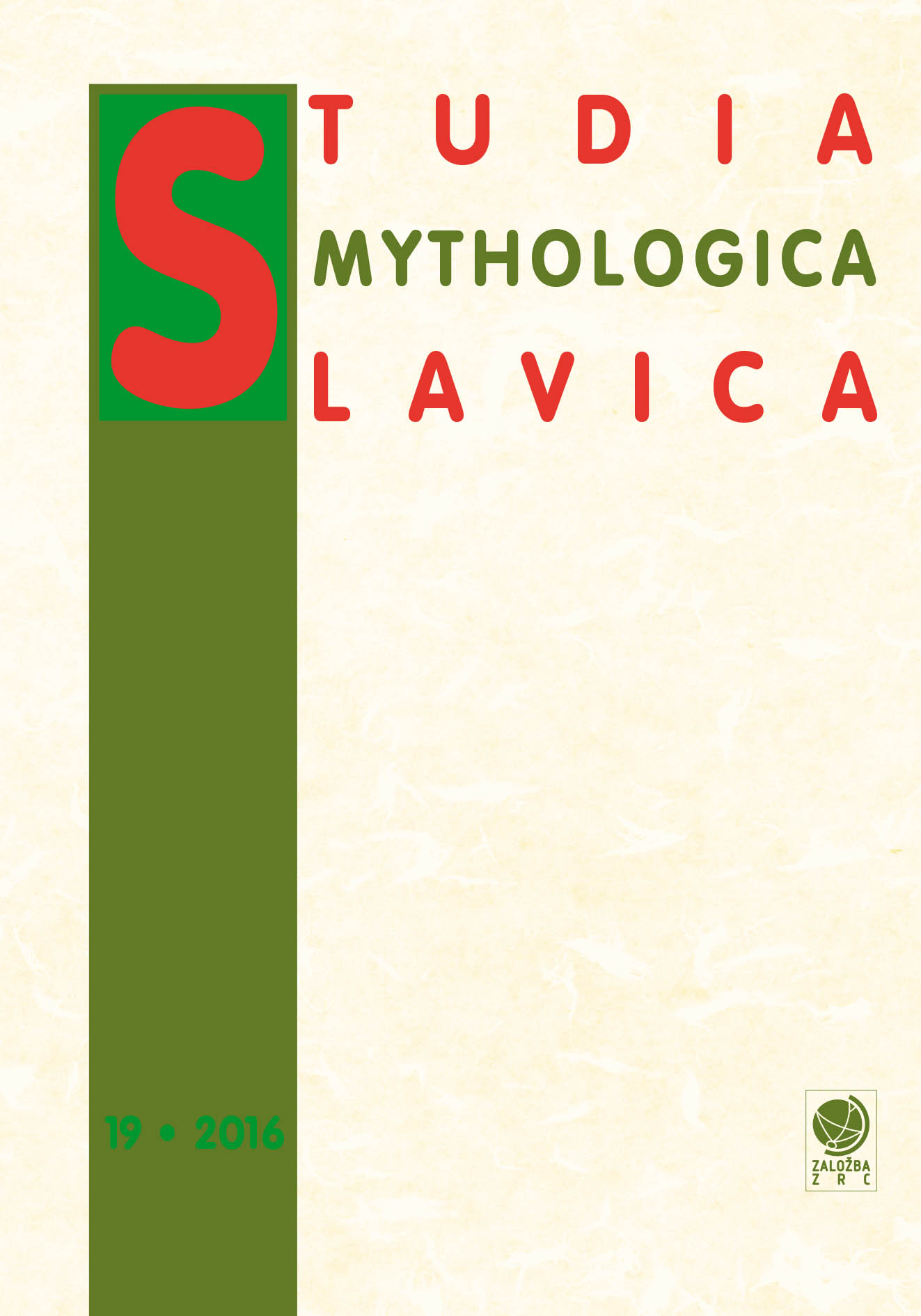Far from the “Maddening” Crowd. A Comparative Study of Some Persian, English and German Variants of ATU 1450<br>Daleč od »Ob pamet spravljajoče množice«. Primerjalna študija nekaterih perzijskih, angleških in nemških variant pravljic tipa ATU 1450</br>
DOI:
https://doi.org/10.3986/sms.v19i0.6621Keywords:
Mikhail Bakhtin, brothers Grimm, Joseph Jacobs, Morteza Khosronejad, Sobhi, Sobhi’s Tales, centration, decentration, silliness, ATU 1450, Clever Elsie, Divānegān, The Maddening Crowd, The Three SilliesAbstract
Tale types ATU 1450–1474 “Looking for a wife” are clear examples of silliness. This article considers ATU 1450 “Clever Elsie” as the main tale type and studies some folktales from three cultures: Persian “Divānegān” (“The Maddening Crowd”), English “The Three Sillies” and “Jack Hannaford” and German “Die kluge Else” (“Clever Elsie”) and “Die klugen Leute” (“Wise Folks”). The tales are studied in terms of the juxtaposition of wisdom/silliness and trickery/silliness as apparent in all versions. However, the Persian folktales, by virtue of their elaborate plot structure and literary devices such as paradox and various kinds of imagery provide a more philosophical portrait of wit/silliness dichotomy. Concepts of centre and periphery and power relations are also considered. References are also made to the techniques of decentration in some tales. Patriarchal authority can be detected in all versions. Furthermore, features of the carnivalesque-grotesque as enumerated by Davidson (2008) appear in different degrees in these tales.Downloads
Download data is not yet available.
Downloads
Published
2016-05-05
How to Cite
Khazaie, D. (2016). Far from the “Maddening” Crowd. A Comparative Study of Some Persian, English and German Variants of ATU 1450<br>Daleč od »Ob pamet spravljajoče množice«. Primerjalna študija nekaterih perzijskih, angleških in nemških variant pravljic tipa ATU 1450</br>. Studia Mythologica Slavica, 19, 187–210. https://doi.org/10.3986/sms.v19i0.6621
Issue
Section
RAZISKOVALNE METODE IN INTERPRETACIJE LJUDSKEGA IZROČILA / RESEARCH METHODS AND INTERPRETATIONS OF FOLK TRADITIONS
License
Authors guarantee that the work is their own original creation and does not infringe any statutory or common-law copyright or any proprietary right of any third party. In case of claims by third parties, authors commit their self to defend the interests of the publisher, and shall cover any potential costs.
More in: Submission chapter





